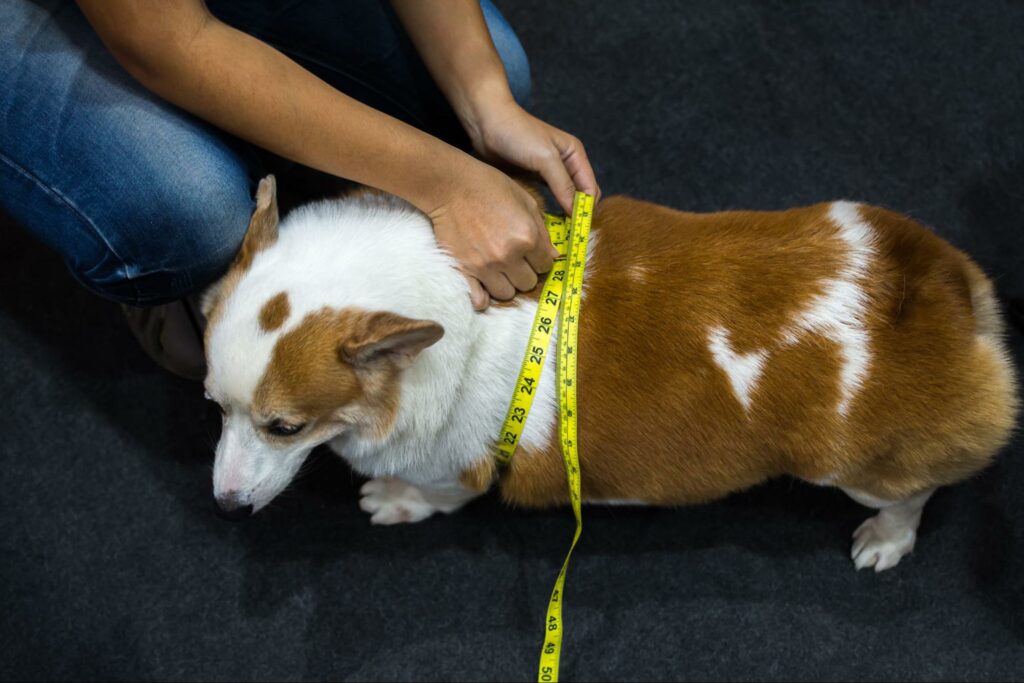You may be surprised and disheartened if you learn that your dog has diabetes. But with proper care, your beloved pup can live a long and healthy life.
Just like in human beings, this form of condition is marked by a lack of insulin, the hormone that keeps blood sugar in check.
When an animal or human has diabetes, its muscles have trouble converting glucose into energy. An excess of glucose builds up in the blood, causing a state of hyperglycemia. If left untreated, this will develop into severe health problems.
Types of Diabetes
Type I
The cells responsible for producing enough insulin have been destroyed in this type, so these dogs require lifetime supplementation with insulin injection.
Type II
This type of diabetes is typically related to obesity. In this form of the disease, there may be a decreased production or increased response by cells regarding insulin, which leads to not receiving enough glucose and higher than normal levels in the blood.
Type III
Type III diabetes is a rare form of canine hormonal diabetes that can be fatal. It often occurs during pregnancy, and reactivation may occur again with another pregnancy, so vets recommend spaying your dog as soon as they can safely.
Dog Diabetes Symptoms
Diabetes can manifest in many symptoms you may have already noticed in your dog.
Constantly Hungry or Thirsty
Often, diabetic dogs will show an excessive need for food and water and increased urination.
Surprising Accidents
Partially because of the increase in urination, diabetic dogs who have previously been house-trained may start going to the bathroom again.
Weight Loss
If your dog is eating normally — or even chowing down more than usual — but still losing weight, this can be a sign of diabetes.
Vomiting
In later stages of diabetes, dogs may vomit or even stop eating altogether.
Lethargy and Depression
Another late-stage symptom, your dog may be diabetic if you notice that they seem unusually lethargic or depressed.
If you have witnessed these symptoms in your dog or have other reasons to believe your dog has developed diabetes, you should immediately schedule an appointment with your vet. Through medical tests, your vet will be able to determine whether diabetes is present.
How Dogs Are Diagnosed
If your dog shows signs of being overweight, thirsty, and urinating more than usual, it could be due to diabetes. To diagnose this condition, the vet will need to run some tests to determine if there are high glucose levels in both the urine and the blood. The following tests may be requested to get an official diagnosis.
- Urinalysis: This test will indicate higher glucose levels in the urine and can also show if your pup has a UTI, a common occurrence in diabetic dogs.
It’s important to note that urinary tract infections can make it difficult to regulate diabetes without treatment. Urinalysis provides information on ketones present in the body and rules out diabetic ketoacidosis.
- Blood Work: used to detect high glucose, elevated cholesterol, and kidney values.
- Fructosamine: These tests are a valuable tool for dog owners because they can provide long-term monitoring of blood glucose levels. Increasing stress will temporarily increase the amount of blood sugar. Still, with this tool, you’ll see how well your pet’s insulin was regulating over time through this particular test which helps give a more accurate analysis of what might need changes to keep everything running smoothly.
Causes of Diabetes in Dogs and How to Treat It
Diabetes is still a subject of investigation in veterinary science, and doctors are unsure what causes the disease, although female dogs and obese dogs are at a higher risk. Diabetes is also common in older dogs, beginning to develop at any time from 6 to 9 years of age.
Genetics, specific hormone therapies, and pancreatitis are also suspected causes of the condition. Juvenile diabetes is prevalent among golden retrievers and Keeshonds.
Treatment for diabetic dogs will vary widely depending on the size of your dog, other health conditions, and the severity of each case. Combining insulin with a modified diet and exercise is enough to manage your dog’s blood sugar.

Insulin
Most cases of diabetes in dogs will require regular doses of insulin, and severe cases may require short hospital stays while glucose levels stabilize. Once your dog’s specific insulin dose is determined, your vet will show you how to administer it at home. Current insulin delivery systems include pens, syringes, pumps, jet injectors, and inhalers. Be aware that if you have pet insurance, it may only cover one specific option.
Diet and Exercise
It’s essential to keep your dog’s blood sugar healthy. One of the best ways to do this is to keep your dog trimmed with daily exercise and a well-balanced diet.
Your vet will probably lay down strict dietary restrictions for your dog, and they will regulate calorie intake based on your dog’s activity level and size.
Though researchers are still working on the ideal diet for diabetes, high-fiber foods are usually recommended. Fiber slows down the sugar intake levels in the blood and helps your dog feel fuller after meals.
Because of this, your vet may recommend a high-fiber brand of dog food. Prescription dog foods or homemade recipes are also a possibility. Whatever your vet recommends, make sure you follow their plan closely.
Though caring for a diabetic dog isn’t always easy, your dog can live a long and happy life despite the condition. You may even find that the extra care and attention you give your dog brings you closer together.
Breeds Prone to Diabetes
- Pug
- Keeshond
- Bichon Frisé
- Spitz
- Alaskan Malamute
- Labrador Retriever
- Yorkshire Terrier
- Miniature Schnauzer
- Tibetan Terrier
- Australian Terrier
- Cairn Terrier
- Norwegian Elkhound
- Poodle
- Samoyed
- Miniature Wirehair Dachshund
Commonly Asked Questions About Dog Diabetes
Can a Puppy be Born with Diabetes?
Typically, dogs are diagnosed with diabetes in middle-mature. However, there are some cases of this disease in younger pups.
Will My Dog Go Blind from Diabetes?
When blood sugar becomes trapped in the lens of a dog’s eye, it causes cataracts. Without treatment for this condition and proper care, they can go blind!
What Type of Diabetes is the Most Common in Dogs?
Studies have shown that Type I diabetes is the most prevalent.
Is Diabetes in Dogs Curable?
Unfortunately, this disease does not have a cure, and your furry friend will most likely need insulin treatment for the remainder of its life.
Can I Give My Diabetic Dog Treats?
There are specially formulated dog treats you can give your pup with safe and healthy ingredients they will love.
How did you find out that your dog has diabetes?











